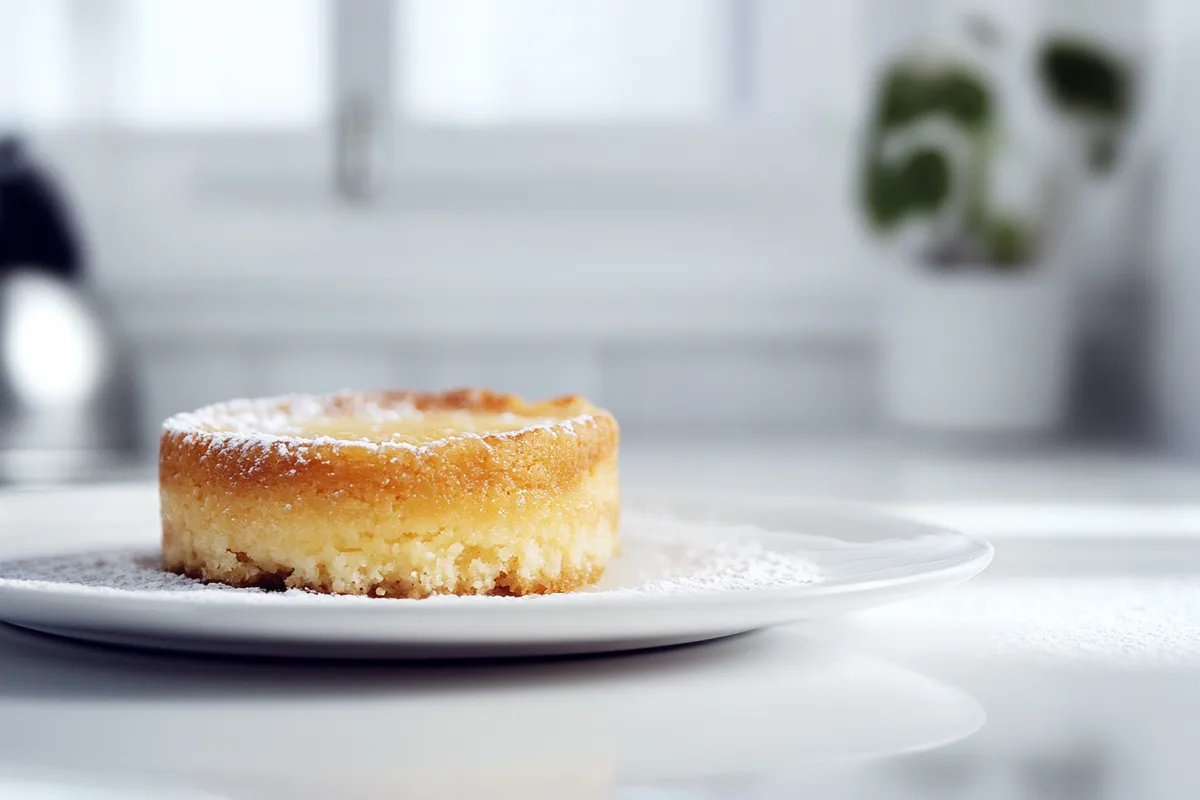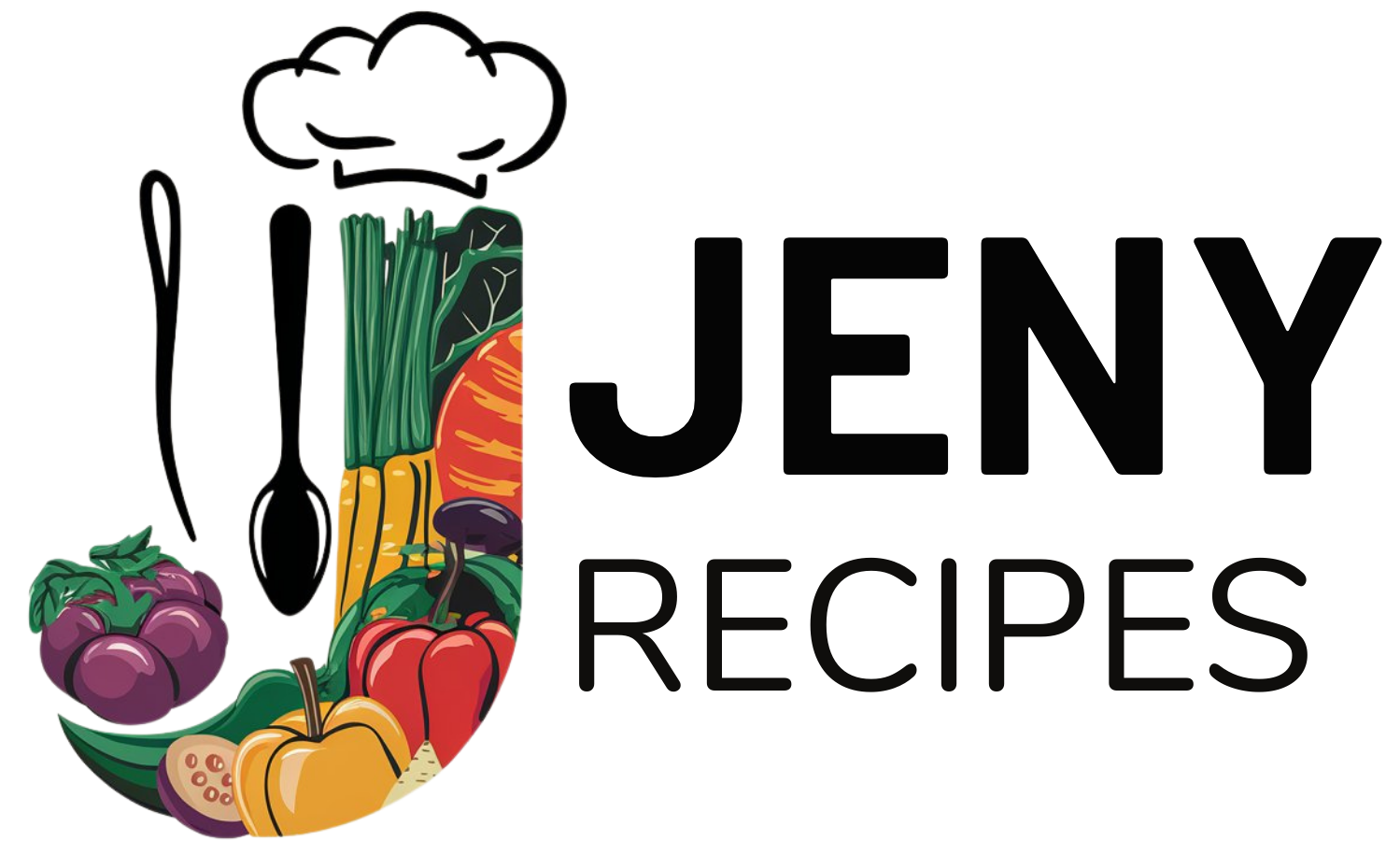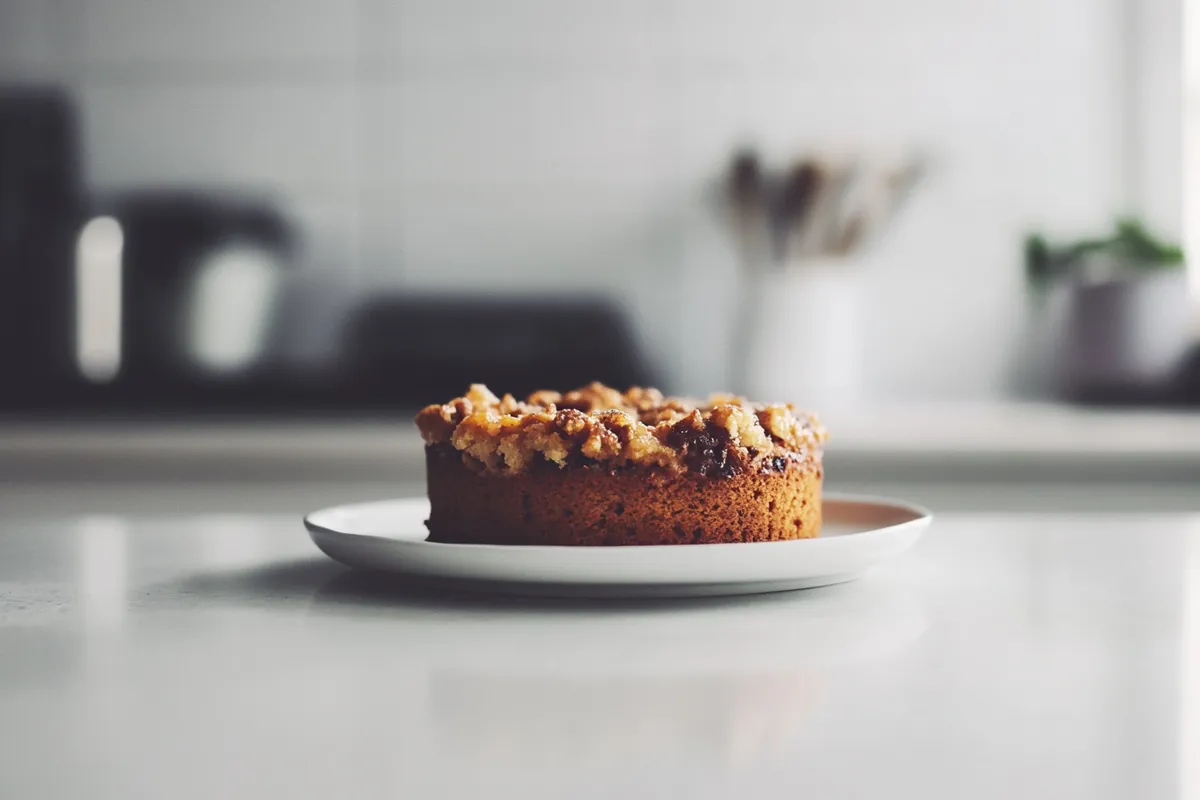In the world of culinary delights, the search for the best gluten free recipes has gained remarkable popularity among food lovers and health-conscious individuals alike. With a myriad of options available, these recipes not only cater to those with dietary restrictions but also showcase an impressive range of flavors and textures that everyone can enjoy. Imagine whipping up a delectable gluten-free pizza with a crispy cauliflower crust or indulging in a rich almond flour chocolate cake that tantalizes the taste buds.
Variations are virtually endless, allowing you to personalize each dish to fit your preferences. You can experiment with ingredients such as coconut flour, buckwheat, or quinoa, each with its unique character and health benefits. To achieve ideal results, it’s key to understand the science behind gluten-free baking and cooking. Incorporating binders like flaxseed meal or xantham gum can significantly enhance texture, ensuring your creations don’t fall flat. Join me as we dive into some of the best gluten free recipes that promise to delight every palate while keeping your diet worry-free!
Ingredients for best gluten free recipes:
Creating delicious gluten-free recipes that everyone will love is both easy and enjoyable. Below, you’ll find a detailed list of ingredients to serve 8-10 people, ensuring that your gatherings are both delightful and accommodating to all dietary needs.
Base Ingredients
- 2 cups of gluten-free all-purpose flour
- 1 cup of almond flour
- ½ cup of granulated sugar or coconut sugar
- ½ cup of unsweetened cocoa powder (for chocolate-based recipes)
- 1 tablespoon of baking powder
- 1 teaspoon of baking soda
- 1 teaspoon of kosher salt
Liquid Ingredients
- 1 cup of buttermilk (or a dairy-free alternative like almond or coconut milk)
- ½ cup of vegetable oil or melted coconut oil
- 3 large eggs (for vegan recipes, substitute with 1 cup of unsweetened applesauce or 3 tablespoons of flaxseed meal mixed with 9 tablespoons of water)
- 2 teaspoons of pure vanilla extract
Flavor Enhancers
- 1 cup of chocolate chips (use dairy-free if needed)
- ½ cup of chopped nuts (like walnuts or pecans, optional)
- 1 teaspoon of cinnamon (for a spiced variant)
- Zest of 1 orange or lemon (for a citrus twist)
Optional Add-Ins
- 1 cup of mixed berries or diced fruits (for freshness and flavor)
- ½ cup of shredded coconut (for a tropical variation)
- 1 teaspoon of instant coffee granules (enhances chocolate flavor)
These entire ingredient measurements provide both flexibility and creativity in crafting the best gluten free recipes that cater to diverse palates. Don’t hesitate to substitute ingredients according to your dietary restrictions or personal preferences. For example, if you’re looking to cut down on sugars, consider using natural sweeteners like stevia or agave. Enjoy experimenting!

How to prepare best gluten free recipes:
Creating delicious gluten-free meals is achievable with the right ingredients and techniques. Here’s how to make the best gluten free recipes step-by-step.
Gather Your Ingredients
Start by collecting all necessary ingredients. Make sure to have gluten-free flour, baking soda, salt, and your choice of gluten-free grains and legumes.
Measure Accurately
Use kitchen scales to measure your flour and other ingredients. This precision ensures the best results for gluten-free baking.
Mix Dry Ingredients First
In a large bowl, combine all your dry ingredients. This step typically includes gluten-free flour, baking powder or soda, and salt.
Blend in Wet Ingredients
In a separate bowl, beat together your eggs (or egg alternative) and add any other wet components such as milk or oils. Blend them well for an even consistency.
Mix Both Mixtures
Gradually incorporate the wet ingredients into the dry mixture. Stir until just combined; do not overmix as this may affect texture.
Add Flavor Enhancers
Consider adding spices, herbs, or gluten-free chocolate chips to enhance flavor. Fold these additional ingredients gently into the batter.
Preheat Your Oven
Preheat your oven to the temperature specified in the recipe, usually between 350°F to 375°F (175°C to 190°C). This step helps in achieving the perfect rise and texture.
Prepare Baking Pan
Grease your baking pan or line it with parchment paper. This step prevents sticking and makes for easy removal of your baked goods.
Transfer Mixture to the Pan
Pour the batter into the prepared baking pan. Spread it evenly with a spatula to ensure uniform baking.
Bake to Perfection
Place the pan in the preheated oven. Bake for the time indicated in your recipe, typically between 20-40 minutes. Keep an eye on it to avoid overcooking.
Check for Doneness
Insert a toothpick in the center. If it comes out clean or with a few crumbs, your gluten-free dish is ready!
Cool Before Serving
Remove the pan from the oven and allow it to cool for at least 10 minutes. This cooling period helps in setting the structure of your gluten-free creation.
Once cool, slice and serve your amazing gluten-free dish. Enjoy the flavors!
Tips for the Perfect Best Gluten Free Recipes
Maintain the Correct Temperature
Getting the temperature right is crucial for gluten-free cooking. Ingredients like gluten-free flours and alternative binders require specific temperatures to achieve the best texture and flavor. Use an oven thermometer to ensure your oven is at the right heat. When baking, room temperature ingredients mix better than cold ones. Take butter and eggs out ahead of time for even blending. Adjust cooking times as gluten-free recipes may cook faster or slower than traditional ones.
Use Quality Ingredients
The quality of your ingredients influences the overall taste and texture of your dishes. Choose high-quality gluten-free flours such as almond flour, brown rice flour, or a gluten-free all-purpose blend. Check labels to ensure they are certified gluten-free to avoid cross-contamination. Consider freshness; stale or old ingredients won’t perform well. When possible, use organic ingredients for better flavor and health benefits.
Explore Suitable Substitutions
Certain ingredients may not suit every dietary need. For instance, if you’re making a gluten-free recipe but want to avoid dairy, coconut milk or almond milk can act as great substitutes. For recipes that call for granulated sugar, try natural sweeteners like honey or maple syrup. Be cautious with ratios when substituting ingredients as their sweetness and wetness can differ significantly.
Understanding Bindings and Textures
Gluten acts as a binder in traditional recipes, which is absent in gluten-free cooking. To mimic this, rely on foods like eggs, flaxseed meal, or chia seeds. These will help hold your dish together while providing moisture. You might also combine different flours for better texture; for example, mixing almond flour with coconut or sorghum flour creates delightful results. Check your recipes and adjust ratios anytime you substitute or add ingredients.
Perfecting Flavor Profiles
While making gluten-free dishes, enhance flavors with fresh herbs, spices, and zests. Regularly incorporate ingredients like garlic, ginger, and citrus to lighten and brighten your recipes. If you’re using store-bought sauces, read the labels thoroughly, as many commercially available options contain gluten.
By following these tips, you will create delicious and unique dishes that everyone can enjoy. Experiment and adapt to your personal taste to find your ideal gluten-free masterpiece!
Storage Tips for best gluten free recipes:
To keep your best gluten free recipes fresh and delicious, follow these storage tips. Proper storage extends their shelf life and maintains their taste and texture.
Use Airtight Containers
Store your gluten-free dishes in airtight containers. These containers prevent air from entering and drying out the food. Choose glass or high-quality plastic containers for optimal results.
Cool Down Before Storing
Always let your gluten-free recipes cool down to room temperature before sealing them. Placing warm food in a container can create steam, leading to excess moisture inside. This moisture can promote spoilage and affect the quality of your food.
Label and Date Your Containers
When you store gluten-free meals, label each container with its contents and the date you prepared it. This practice helps you keep track of freshness and ensures you consume items within their optimal timeframe. Aim to use refrigerated meals within three to four days.
Store in the Refrigerator
Refrigerate leftovers from your best gluten free recipes if you plan to eat them within a few days. Set your refrigerator temperature to 40°F (4°C) or lower. This temperature inhibits bacterial growth and helps maintain food quality.
Freeze for Long-Term Storage
If you want to keep your gluten-free dishes for an extended period, consider freezing them. Most gluten-free foods freeze well. Use freezer-safe containers or bags. Remove as much air as possible before sealing to prevent freezer burn. Label your frozen meals with the date and content as well.
Know Your Shelf Life
The shelf life of gluten-free recipes varies. Generally, cooked gluten-free dishes last about three to four days in the fridge and can last for up to six months in the freezer. Always check for signs of spoilage, such as off smells or changes in texture, before consuming.
By following these storage tips, you can enjoy your best gluten free recipes at their finest. Proper storage maintains flavor, texture, and overall quality.
Related Recipes to Enhance Your Gluten-Free Cooking
If you’re exploring the world of gluten-free dining, consider these complementary recipes that can elevate your meals. Each recipe aligns well with the flavors and textures found in the best gluten free recipes, creating exciting meal options without gluten.
One great addition is Quinoa Salad with Roasted Vegetables. Quinoa is naturally gluten-free and packed with protein. This dish goes wonderfully with the robust flavors found in many gluten-free entrees. It brings a refreshing crunch and a vibrant color to your plate, making your meal visually appealing and nutritious.
Another fantastic option is Cauliflower Pizza Crust. This recipe provides a wonderful alternative to traditional pizza crusts that contain gluten. The delicious taste and chewy texture of cauliflower crust closely mimic that of regular dough, allowing you to create a perfect base for your favorite toppings. This versatility ensures that you won’t feel deprived while enjoying pizza night.
Chickpea Curry offers a savory and hearty addition to your gluten-free repertoire. High in fiber and protein, chickpeas create a comforting dish that pairs well with rice or gluten-free bread. This recipe adds richness and depth to your meal, perfectly complementing lighter salads or vegetable dishes.
Lastly, Almond Flour Pancakes serve as a delightful breakfast option. They are fluffy and flavorful, making them a delicious alternative to traditional pancakes. Serve them with fresh fruit or maple syrup for a satisfying start to your day. These pancakes will add variety to your breakfast routine while staying true to gluten-free practices.
Incorporating these dishes into your weekly menu not only diversifies your meals but also enhances your gluten-free cooking journey. Enjoy the process and the flavors!
Frequently Asked Questions:
What are some easy gluten free recipes for beginners?
For those new to gluten-free cooking, starting with simple dishes can be a great way to build confidence. Some easy options include gluten-free stir-fry, which uses a variety of fresh vegetables and gluten-free sauces, or gluten-free pancakes made with almond flour or oat flour. These recipes require minimal ingredients and are often quick to prepare, making them perfect for anyone just exploring gluten-free cuisine.
Are gluten free recipes healthier than traditional recipes?
The healthiness of gluten-free recipes compared to traditional options largely depends on the ingredients used. While many gluten-free recipes focus on whole foods, such as fruits, vegetables, and lean proteins, which are inherently healthy, some gluten-free substitutes can be high in sugars or unhealthy fats. Thus, it’s crucial to choose wholesome ingredients to create balanced meals, regardless of whether they are gluten-free or not.
How can I make my favorite recipes gluten free?
Transforming your favorite dishes into gluten-free versions often involves replacing gluten-containing ingredients with suitable alternatives. For example, you can substitute regular flour with almond, coconut, or gluten-free all-purpose flour. Additionally, ensure that all sauces, broths, and condiments used are also gluten-free. Experimenting with different gluten-free grains, such as quinoa or rice, can help maintain texture and flavor in your dishes.
What are some crowd-pleasing gluten free recipes for gatherings?
When hosting gatherings, it’s wise to provide gluten-free options that everyone can enjoy. Popular crowd-pleasers include gluten-free appetizers like stuffed mushrooms or flavored meatballs, which do not compromise on flavor. For the main course, consider serving a gluten-free lasagna made with zucchini or gluten-free pasta. For dessert, gluten-free brownies or cheesecakes can round out the meal beautifully.
Where can I find the best gluten free recipes online?
There are numerous resources available online for discovering outstanding gluten-free recipes. Food blogs, cooking websites, and social media platforms like Pinterest and Instagram host extensive collections of gluten-free dishes. Look for blogs specifically dedicated to gluten-free cooking, as they often provide a mix of traditional recipes and innovative new dishes, along with tips and tricks to enhance your cooking experience.
Is it possible to bake gluten free and still get the same texture?
Yes, baking gluten-free can yield delightful results; however, achieving the same texture as traditional baked goods often requires specific adaptations. Mixing different gluten-free flours, such as rice flour, tapioca starch, or oat flour, can help create a desirable texture. Many gluten-free recipes also call for binding agents like xanthan gum or psyllium husk to mimic the elasticity that gluten provides, allowing for fluffy and moist final products.
In our exploration of the best gluten free recipes, we’ve celebrated the versatility and ease that gluten-free cooking offers. Each recipe not only caters to dietary preferences but also invites creativity in the kitchen. Whether you’re whipping up a comforting dish or a fresh dessert, you can effortlessly adapt these recipes to suit your taste. Emphasizing the role of simple, wholesome ingredients allows for flexibility in every dish, ensuring that everyone at the table can enjoy a delicious meal without feeling restricted. Plus, the customization options enable you to incorporate seasonal produce or adjust flavors, making each recipe uniquely yours. By embracing these principles, you’ll find that gluten-free cooking isn’t just accommodating, it’s an exciting culinary adventure. So, get inspired, experiment, and discover how satisfying gluten-free meals can truly be!

